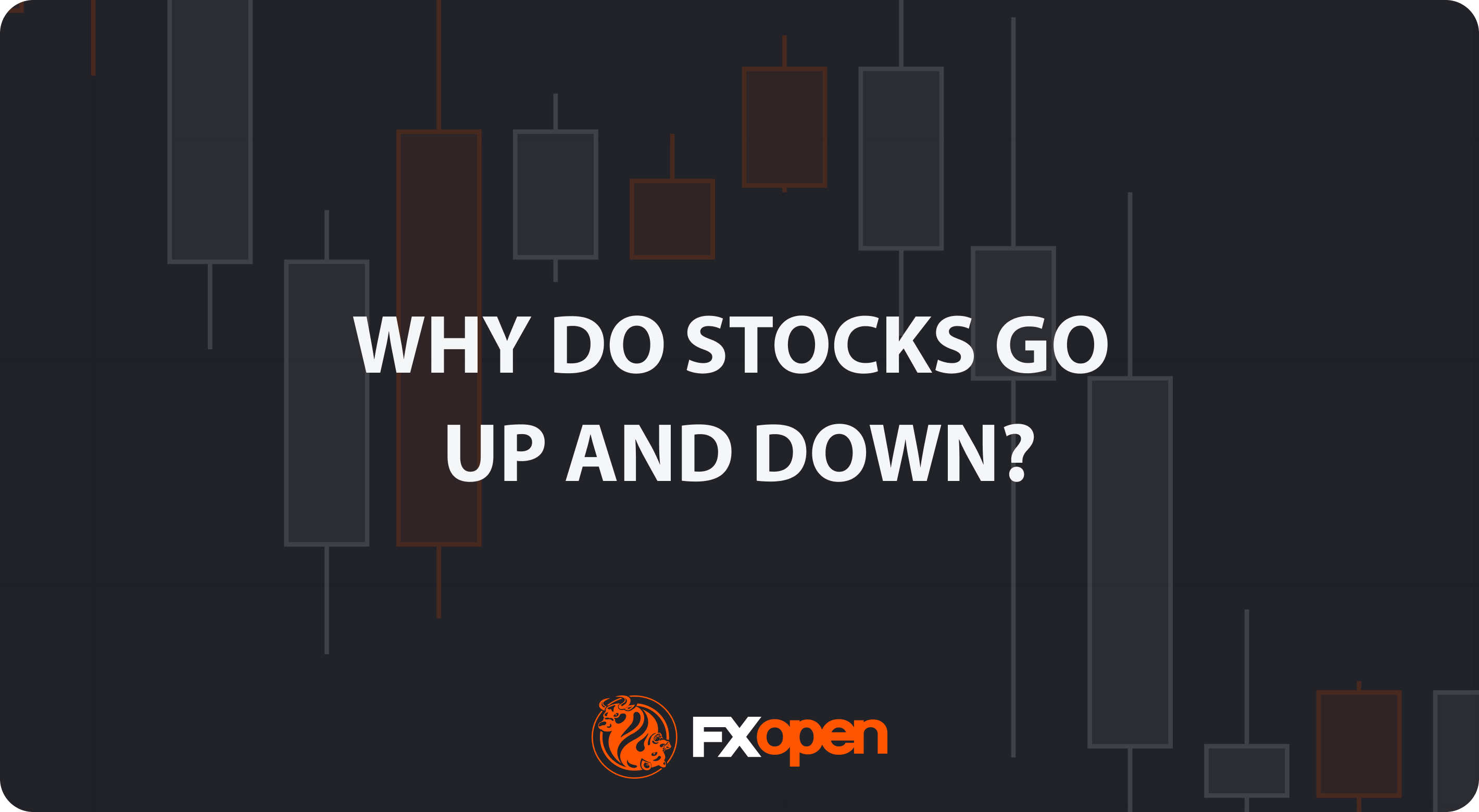FXOpen

Algorithmic trading is an essential component in today's financial markets, automating trading to improve efficiency and profitability. This article explores the intricacies of algorithmic trading, from how it works to its benefits and drawbacks, providing a comprehensive overview for traders.
What Is Algorithmic Trading?
Algorithmic trading uses computer programs to carry out trades in financial markets. It offers a modern approach that combines quantitative analysis, programming, and market expertise. Essentially, it automates the trading process, allowing for pre-defined rules and conditions to trigger buying or selling actions. While the concept may sound complex, its core function is to improve trading efficiency and potentially enhance profitability. Moreover, its utility extends across various asset classes, from equities and commodities to forex and derivatives.
Both individual and institutional traders employ algorithmic trading to capitalise on market opportunities that may unfold too quickly for human traders to seize.
How Algorithmic Trading Works
In the realm of algorithmic trading, the process begins with setting up specific trading criteria. Traders or financial analysts develop algorithms that rely on mathematical models to interpret market data. These algorithms scrutinise multiple variables like price, volume, and even social media sentiments to make informed decisions. Real-time data feeds into the algorithmic systems, which continuously analyse this information to look for trading opportunities. These opportunities are executed instantly, giving algorithmic traders an edge in exploiting market inefficiencies. Once the criteria are met, the algorithm automatically executes trades, whether that involves purchasing an asset or selling it.
Take algorithmic stock trading as an example. A trader might program an algorithm to buy shares of a company if its 50-day moving average goes above the 200-day moving average, a classic bullish indicator. The system would then monitor these averages and execute the trade when the condition is met, all without human intervention.
However, algorithmic trading is not solely about stock markets; it is just as prevalent in the forex arena, commodity trading, and even bond markets. The speed and adaptability of these systems make them indispensable tools for modern trading.
Trading Strategies and Models
Various trading strategies and models can be employed in algorithmic trading. High-frequency trading (HFT) is one that seeks to make profits from small price gaps that are often only available for milliseconds. Mean reversion, on the other hand, assumes that the asset's price will revert to its average over time, buying low and selling high within a specific timeframe.
For traders who prefer a more hands-on approach, custom strategies offer a tailored solution. Platforms like FXOpen's free TickTrader provide access to a comprehensive set of charts and indicators, allowing traders to design unique strategies. These could be as straightforward as using a combination of technical indicators like Moving Averages or Bollinger Bands. These custom-made strategies allow for flexibility and personalised engagement with market opportunities.
Benefits of Algorithmic Trading
Algorithmic trading offers a myriad of benefits that make it a staple in today's fast-paced financial markets. Employing the best algorithmic trading software can bring about several advantages:
- Increased Speed and Efficiency: Algorithms operate in real-time and can analyse and execute trades far more rapidly than a human trader can, ensuring opportunities are not missed.
- Reduced Emotional and Human Bias: The automation of trading decisions removes the emotional component, helping traders stick to a predetermined strategy.
- Enhanced Precision and Consistency: Algorithms can process vast amounts of data and consistently apply trading criteria, offering a level of precision that is hard to achieve manually.
Disadvantages of Algorithmic Trading
While algorithmic trading offers undeniable advantages, it's not without its drawbacks. Notably, it can expose traders to certain risks:
- System Failures: Technical glitches or connectivity issues can lead to missed trades or unintended positions, affecting overall performance.
- Market Manipulation: Some algorithms, like those used in High-Frequency Trading, can artificially inflate market activity, causing distorted price movements.
- Lack of Fundamentals: Algorithms cannot perceive market sentiment or unforeseen events like political instability, making them less adaptable than human traders in specific scenarios.
The Bottom Line
In summary, algorithmic trading has reshaped the landscape of modern trading, offering benefits like speed, efficiency, and precision. However, it's important to discover the pros and cons before using algorithmic trading. For those interested in taking advantage of this technology, opening an FXOpen account provides access to forex VPS hosting, perfect for algorithmic trading.
This article represents the opinion of the Companies operating under the FXOpen brand only. It is not to be construed as an offer, solicitation, or recommendation with respect to products and services provided by the Companies operating under the FXOpen brand, nor is it to be considered financial advice.
Stay ahead of the market!
Subscribe now to our mailing list and receive the latest market news and insights delivered directly to your inbox.








